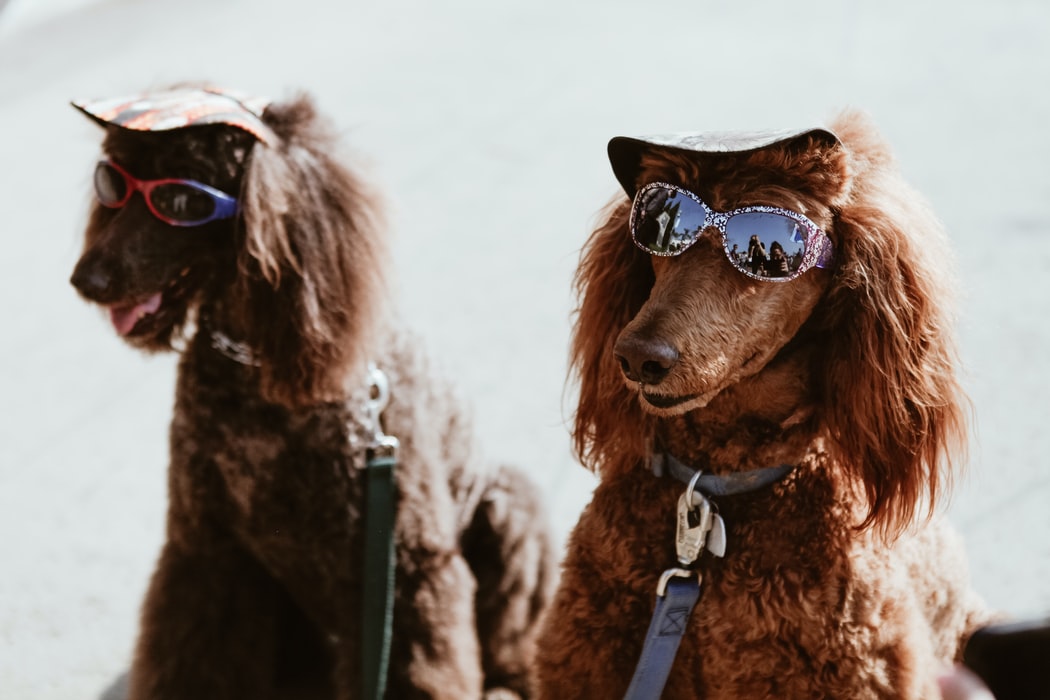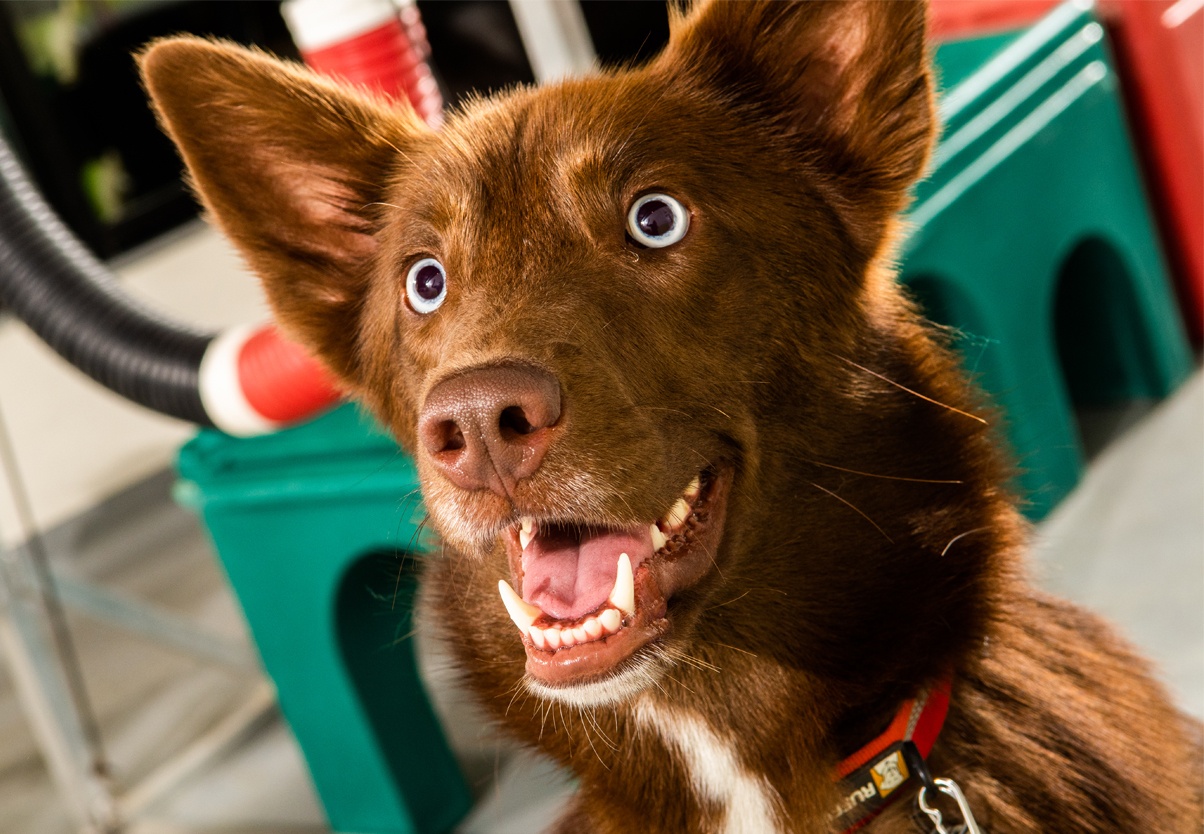
29 May 2021 | Dog
How to take care of your dog during summer?
The summer season is coming soon! Perhaps you’ve already started looking at swimwear, sunglasses, and the sunscreen aisle? If it seems obvious you need to prepare for the summer season, what about your dog? How much water to give him? At what temperature should you limit outdoor activities? How to recognize heat stroke and what to do when it occurs? Here are some essential tips to help you enjoy the summer season safely with your dog.
1. Always carry water with you
Did you know that a dog’s body is made up of about 80% water? That’s more than 20% than humans! To keep your pet hydrated, be sure to give him an ounce of water for every pound of their weight each day. Don’t forget to bring some with you on your walks or outings in the park! You can get a collapsible bowl or a portable water dispenser to make your job easier.
Did you also know that dogs don’t sweat? In fact, only the pads of their paws have sweat glands. Thus, it is more difficult for canines to cool off naturally during the summer season. So that’s one more reason to always carry water with you! If your dog looks too hot, try applying some to the ears, pads, inner thighs and stomach. However, make sure it’s cool and not cold to avoid thermal shocks!
2. Check the weather
Above 27°C, it is advisable to shorten your outings and avoid having your dog walk directly on asphalt. Indeed, it can reach 62°C on hot and sunny days. To ensure that the asphalt temperature is adequate for the pads, place the palm of your hand on it for 7 seconds. If you can’t, it’s too hot! In this case, favor walking in the grass and in the shade, take more breaks and above all, do not make him run! If your dog still has a lot of energy to spend, daycare or indoor playgrounds are options to consider.
3. Watch out for heatstrokes
First, it is important to be aware of the signs of heat stroke:
- Intense, irregular and/or uncontrollable panting;
- Appearance of foam on the edges of the mouth or excessive saliva;
- Bright red gums, tongue or ears;
- Lethargy or uncoordinated movements.
At the first signs, take action:
- Hose your dog or give him a lukewarm water bath;
- Wrap him in a damp towel;
- Place a fan near him and brush him against the grain to help cool his follicles.
- Don’t give him water right away! In general, a dog with heatstroke will not want to drink. Wait a bit for him to calm down to prevent water from getting to his lungs. You can still give him a little on the tongue and increase the amount slowly.
4. Avoid sunburn
We forget it sometimes, but dogs can get sunburns too! While dogs with lighter or very fine hair will be more sensitive to the sun, those with darker hair will be warmer faster. However, it is wrong to think that you should automatically shave your dog during the summer season. In fact, the fur of most breeds serves as insulation, both in cold and hot temperatures, in addition to protecting them from the sun’s rays. So before taking the clipper out, ask your veterinarian or groomer for advice. And above all, do not hesitate to use suitable sunscreen as needed!
5. Know your dog!
Did you know that short-nosed, so-called “brachycephalic” dog breeds such as the Pekingese, the Pug, the French and English Bulldogs, and the Shih Tzu have poorer heat tolerance? The squashed shape of their face makes it harder to pant, which is one of the dog’s main ways of cooling off. As a result, these breeds suffer from heatstroke more quickly and have a harder time returning to their normal state.
In addition to relying on the specific traits of your dog’s breed, keep in mind that despite the similarities, each dog is unique. It is therefore important to know your companion well, to know his limits and to be attentive to the first signs of exhaustion.
Sources:
Pet Tech
https://pettech.net/
IBPSA
https://www.ibpsa.com/
American Kennel Club
https://www.akc.org/


